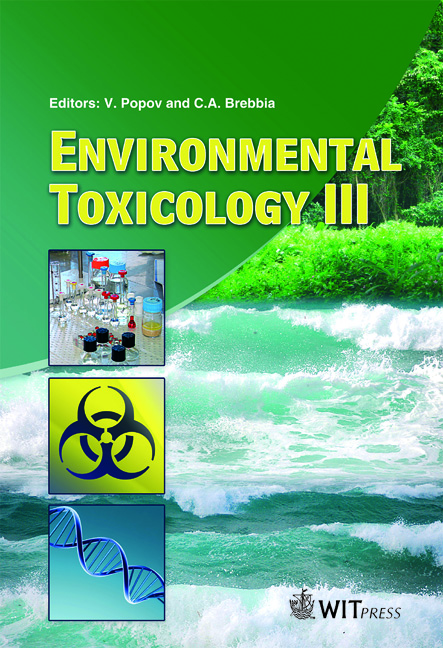Aspects To Consider For Selection Of Chemical Risk Assessment Methodology: The Case Of Formaldehyde Occupational Exposure
Price
Free (open access)
Transaction
Volume
132
Pages
10
Page Range
23 - 32
Published
2010
Size
359 kb
Paper DOI
10.2495/ETOX100031
Copyright
WIT Press
Author(s)
S. Viegas & J. Prista
Abstract
There are several risk assessment methodologies available that can be applied in contexts where occupational exposure to chemical agents occur. However, there are some aspects that should be considered for selecting a more suitable and accurate risk assessment methodology. A study was carried out where two different risk assessment methodologies in ten anatomy and pathology laboratories were applied. One of the methodologies is propose by the Environmental Protection Agency (EPA) and the other methodology was based on the risk assessment methodology of Queensland University and defined by the authors to study this specific occupational setting. The two risk assessment methodologies obtained different results. Application of EPA methodology for risk assessment provides data that classifies this occupational setting similar to others where occupational exposure to formaldehyde occurs. However, differences and particular characteristics of this occupational setting are not possible to know due to the fact of relying only on TWA8h values. The proposal methodology ranks with high risk 30% of the activities studied in the ten laboratories and, 70% of the laboratories had at least one activity classified as high risk. The activities that were classified with very high risk and high risk were macroscopic exams developed always by the pathologist.
Keywords
risk assessment methodology, exposure assessment, occupational exposure, formaldehyde, anatomy and pathology laboratories





